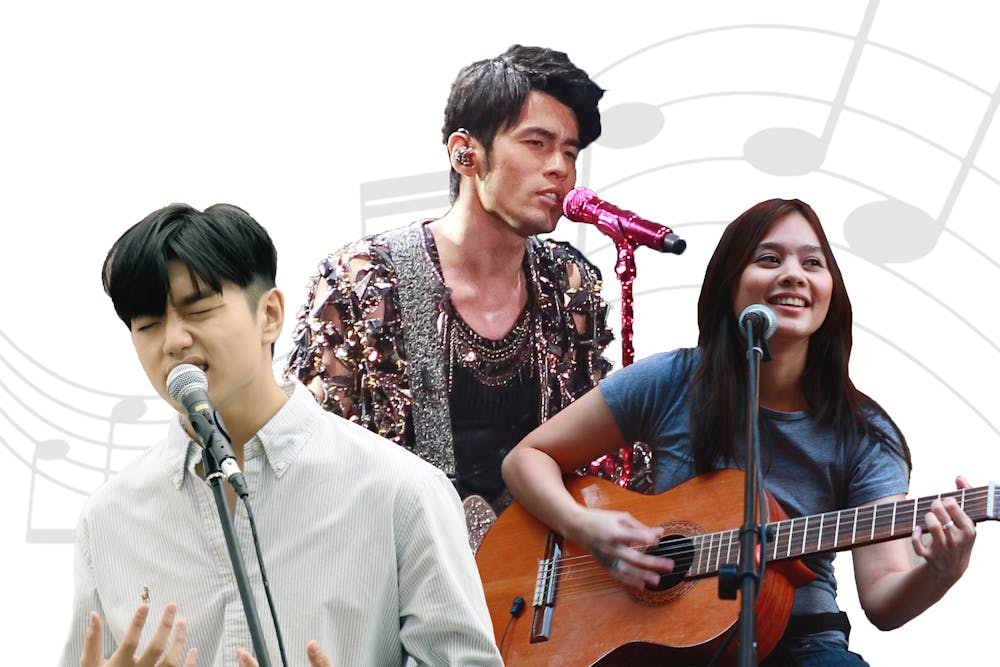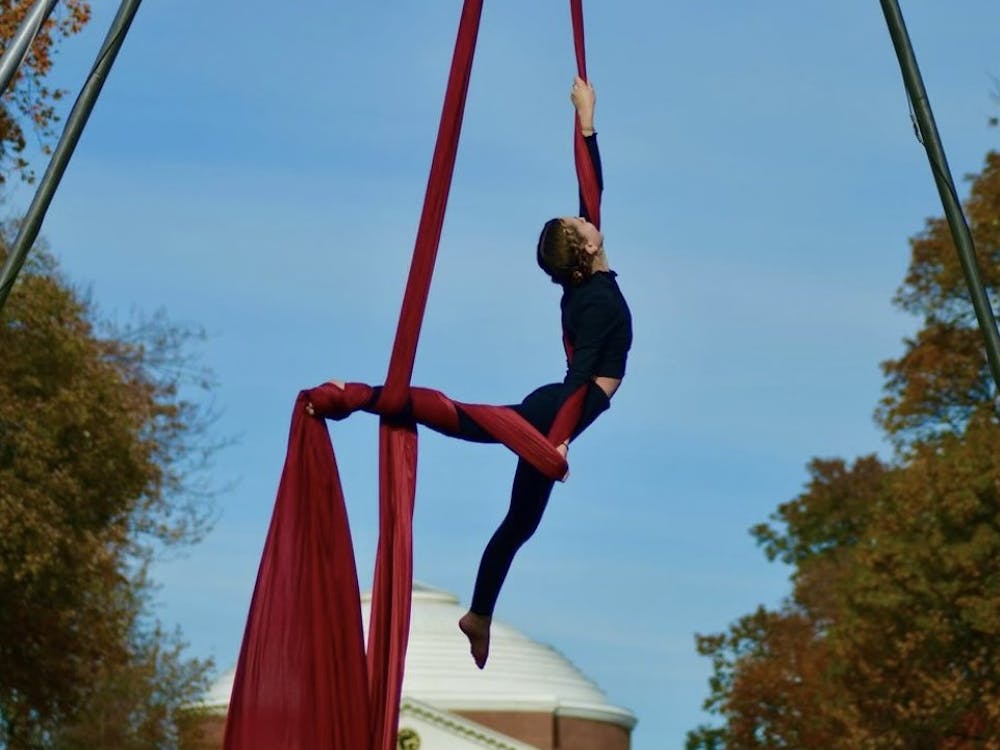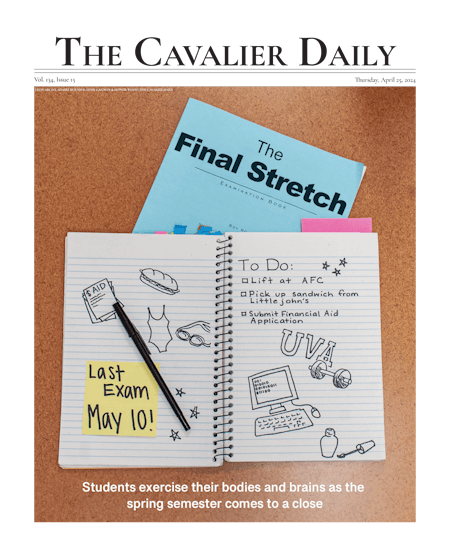For the Asian Pacific Islander Desi American community, the month of May carries a special meaning. It means remembering individual heritages and showcasing the complexity of the Asian American community. Formally recognized as Asian Pacific American Heritage Month, this time is truly special and an extra space to be loud and proud — a time to commemorate the ample diversity of accomplishments, cultures, languages and histories that characterizes the APIDA community today.
Celebration is no excuse for exclusivity, though. In a precarious time where xenophobic phrases and actions are haphazardly targeted towards Asian Americans, a medium of music is readily available to help alleviate contention and promote harmony. Music has the power to unite people, and its melodies transcend the superficial barriers imposed by difference in language or stereotypes.
This article and its corresponding Spotify playlist does not and could not include music from every style and country of origin — there is simply a remarkable breadth of APIDA music that cannot be confined to a single article. Nevertheless, here’s a unique chance for all to explore some of the various musical cultures that altogether add to the richness of the APIDA community.
Southeast Asia
Original Pilipino Music, or OPM, is a term used for both traditional and modern musical compositions in Filipino culture, but its audience is definitely not exclusively Filipino. According to rising third-year Nursing student Jana Mirafuente, the raw emotions in vocals and guitar resonate in indescribable ways with listeners to share in the sentiment and thrive in the connection that the medium of music provides.
Classic hit songs "Huwag Na Huwag Mong Sasabihin" by Kitchie Nadal and "Pagdating ng Panahon" by Aiza Seguerra carry elements of nostalgia for Mirafuente, reminiscent of karaoke parties or celebratory events. Beyond the nostalgic sentiment, she details the cultural transcensions that are infused in some of her favorite songs.
“In ‘Harana’ by Parokya Ni Edgar, the singer says, ‘Ibubuhos ko ang buong puso ko / Sa isang munting harana para sayo’ which means, ‘I'll pour my whole heart out / Into this little serenade for you,’” Mirafuente said. “It kind of highlights how much music can do. You don't need to say much ... to get your point across, and this is true no matter what culture you come from.”
Beyond the Philippines, artists from other Southeast Asian countries have risen as dynamic presences in the American R&B and rap scenes. Malaysian artist Alex Bong, more popularly known as “alextbh,” combines smooth melodies with ethereality and a beat.
Indonesian-American Nicole Zefanya delivers simultaneously soulful and wistful hits under her stage name NIKI, occasionally in collaboration with other artists under Asian American mass media company 88rising.
South Asia
Class of 2020 alumna Shivani Saboo emphasized a plethora of ways that South Asian music has helped her continue celebrating her heritage. Some artists flirt between multiple South Asian languages within one song, according to Saboo. Even though she understands Hindi, Saboo explains that her musical preferences range from Gujurati and Punjabi to Telugu.
“The songs use very poetic, sophisticated language beyond the depth of the colloquial word choice I use at home every day,” Saboo said. “I still feel strongly associated with South Asian music – even when it’s a language I don’t fully understand … [there’s] something in the beat and melody that just metaphorically hits a special string in me.”
As South Asian American youth have had to channel their multiple cultural identities, Saboo details a trend of mixing South Asian and American songs that has become popular. Some of these hits mix modernity with tradition — “Bollywood - Swalla Remix” lays lyrics from classic Hindi song “Akhiyaan Milaoon Kabhi” on top of beats from Jason Derulo’s “Swalla,” resulting in a pop track that highlights both cultures.
“These mixes not only integrate music from both cultures [and] identities together but also reveal a community of people going through the same struggles to balance their roots with the environment they grew up in,” Saboo said.
East Asia
From Korean drama original soundtracks and ballads to rap and acoustic tracks, the abundance of rich talent pervading the musical sphere of East Asia is undeniable. Many may be familiar with the popularity of K-pop, but rising third-year College student Sumin Lee articulates the emotional familiarity found in OSTs — especially those based on love story dramas of unrequited love or tragedy — that resonates with listeners of all backgrounds.
“Even if you don’t understand the lyrics, you can still understand the desperation or tragedy behind the tone,” Lee said. “Because OSTs come up with storylines first and put the tunes behind it … it becomes fitting for so many different situations.”
For rising third-year College student Daniel Soong, Taiwanese music holds a special amount of reflectivity and sentiment, seen even in the titles of some of his favorites — “Rhythm of the Rain,” “What Time Is It Where You Are” and “Blue Green.” The instrumentation and character is defining for Taiwanese music according to Soong, painting pictures even without an understanding of the language.
“Because the style of the song is so intertwined with the lyrics and the meaning, you can still understand what the artist is trying to convey,” Soong said. “It’s not trying to be more than it actually is, so in that way it’s more simple and why I’m drawn to it — it’s authentic.”
There is unity in diversity — a theme prevalent in this spotlight of APIDA musical culture. It’s further emblazoned in the multitude of genres comprising Chinese music, from Mandopop to ballads thematically ranging from innocence to sad love. Rising third-year College student Sophia Chang emphasized it as lyricized poetry, prime for reflection from all audiences, including students in today’s society.
“[In 小幸遇 (A Little Happiness) by Hebe Tien] 青春是段跌跌撞撞的旅行 [is translated as] ‘Youth is a bumpy journey,’” Chang said. “I think this line resonates with the cultural pride celebrated during APAHM because for Asian Americans, youth was kind of figuring out the balance between one’s own culture and … American culture.”
In tune with celebrating APAHM, rising third-year College student Candy Liang parallels the open heart and open mind that music and culture should be accepted with.
“[There is a] need to appreciate and respect different upbringings, experiences and stories,” Liang said. “It's important to have an open mind when listening to others' experiences, and then reflect on your own to learn more about yourself … without judgment.”





